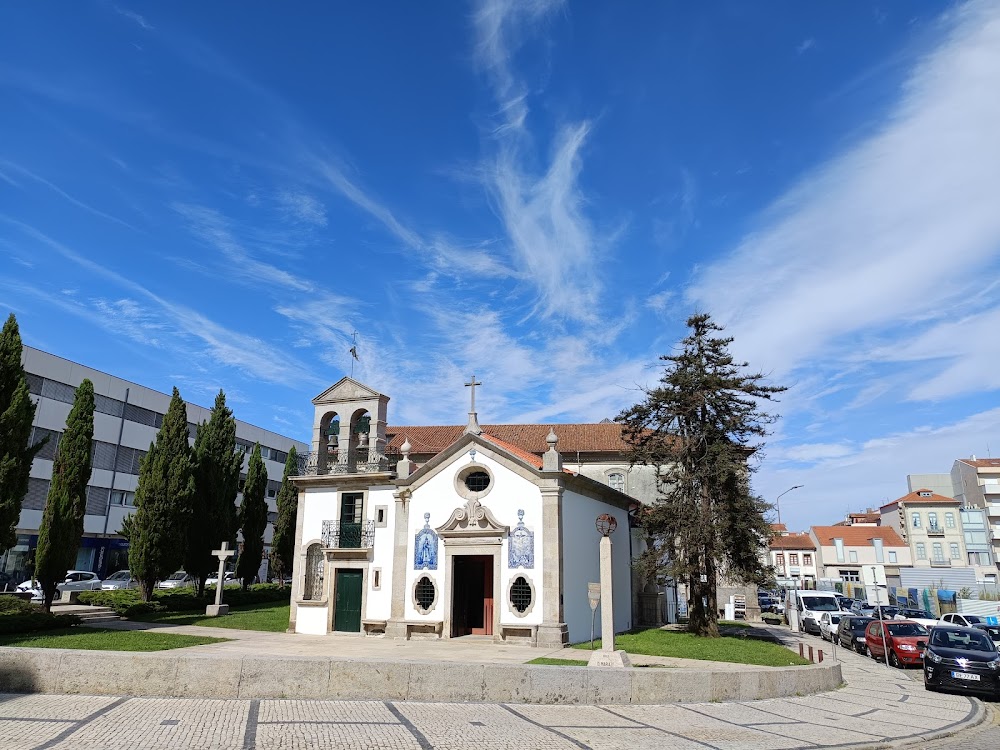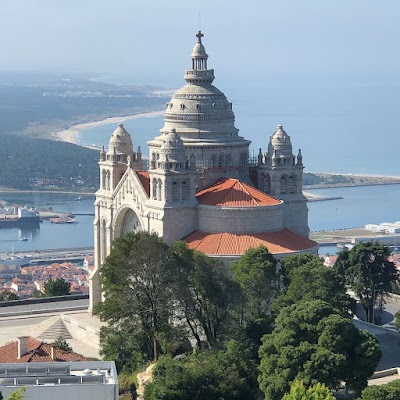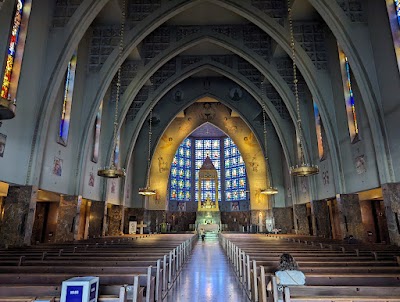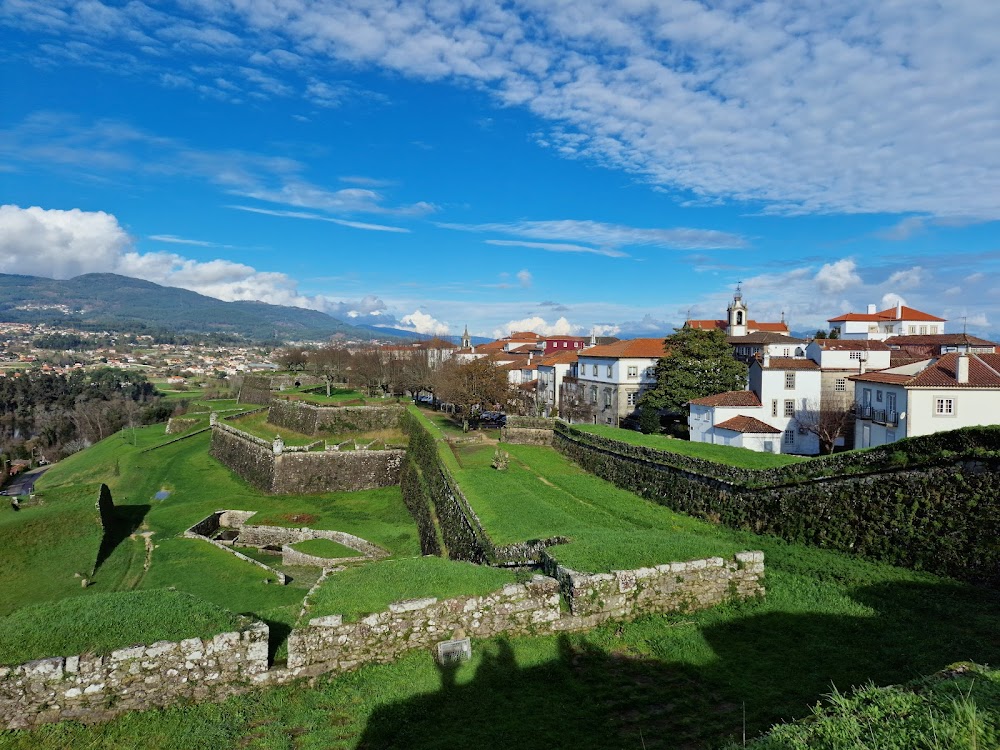Viana do Castelo Historic Center (Centro Histórico de Viana do Castelo)
Overview
Tucked away in the northern reaches of Portugal lies the charming city of Viana do Castelo, home to the captivating Centro Histórico de Viana. This historic center is a splendid tapestry of medieval, Renaissance, Baroque, and contemporary architecture that narrates the city's rich and vibrant history.
Viana do Castelo, historically known as Viana da Foz do Lima, was elevated to city status in 1258. Nestled by the Lima River and the Atlantic Ocean, its natural beauty and strategic location transformed it into a crucial shipbuilding and maritime hub. Over the centuries, this port city flourished, attracting a diverse array of skilled individuals and influences, which contributed to its eclectic architectural landscape.
Wandering through the narrow, winding streets of the Centro Histórico feels like stepping back in time. One of the city’s most notable landmarks is the Praça da República, the main square. At its heart stands the opulent Chafariz fountain, an architectural gem from the 16th century. With its beautifully sculpted carvings and elegant tiers, this fountain stands as a true testament to the Renaissance period.
Flanking the square is the Misericórdia building, a stunning example of Manueline style. Constructed in the 16th century, its intricate façade boasts beautifully carved stonework and ornate windows. Originally housing the Misericórdia hospital, a charitable institution for the poor and sick, today it serves as an important cultural landmark.
Another iconic structure is the Basilica of Santa Luzia, perched high on the Monte de Santa Luzia hill, overseeing the cityscape. Although technically not within the historic center, it is an integral part of the city's identity. Completed in 1943, the basilica combines elements of Byzantine, Gothic, and Romanesque styles. Visitors can reach the basilica via a funicular ride or a vigorous hike, rewarded by breathtaking panoramic views of the city, river, and ocean.
The Sé Cathedral, or Igreja Matriz, is another historic treasure. Initially built in the 15th century and later expanded, this Gothic cathedral features fortified towers and a majestic façade. Inside, the fascinating mix of Gothic and Renaissance elements captivates visitors, with particularly noteworthy cloisters and ornate altarpieces.
As you meander through the streets, you’ll also notice several elegantly preserved mansions and townhouses from the 17th and 18th centuries. The Casa dos Arcos and Casa das Varandas exemplify the rich mercantile history of Viana do Castelo, once home to prosperous merchants who thrived through trade and the shipping industry.
No visit is complete without a trip to the Gil Eannes ship, a floating museum anchored at the Lima River dock. Named after the famous Portuguese navigator, this hospital ship served the fishing fleet in the icy waters of Newfoundland and Greenland. Built in Viana's shipyards in 1955, it has been meticulously restored to illustrate the maritime history that significantly influenced the city’s development.
The welcoming atmosphere of the historic center isn’t solely derived from its grandiose buildings. The cobblestone streets often lead to cozy cafes and traditional eateries, ensuring a vibrant environment. Here, you can savor local specialties like bacalhau à Gil Eannes (salted cod), perfectly paired with regional wines, refreshing you for further explorations.
Maintaining the Centro Histórico de Viana has been a labor of love for both the local community and government. Ongoing restoration and conservation efforts aim to preserve the historic architecture and cultural elements for future generations. These initiatives include careful restorations of building facades, modernizing infrastructure while preserving visual and historical integrity, and promoting the center as a lively cultural hub.
Festivals and events throughout the year, such as the Romaria de Nossa Senhora d’Agonia, ingeniously incorporate the historic center. Held in August, this festival is one of Portugal’s largest and most vibrant, bringing the streets of Viana do Castelo to life with processions, traditional music, and folk dances that celebrate the city’s deep-rooted cultural traditions.
Today, the historic center of Viana do Castelo stands as a tribute to the city’s dynamic past and its enduring spirit of community. It serves as a living museum where every corner, building, and street tells a story, making it a remarkable destination for visitors and a cherished home for its residents.






